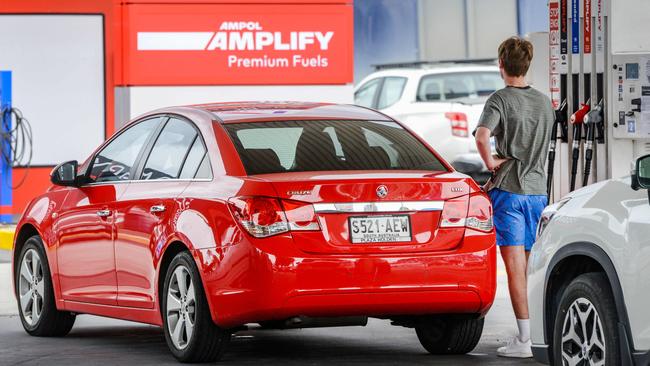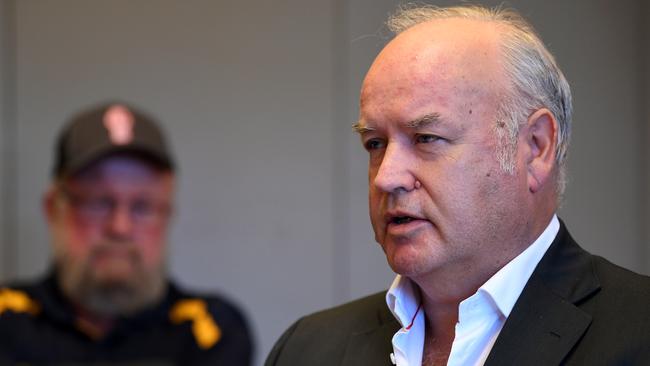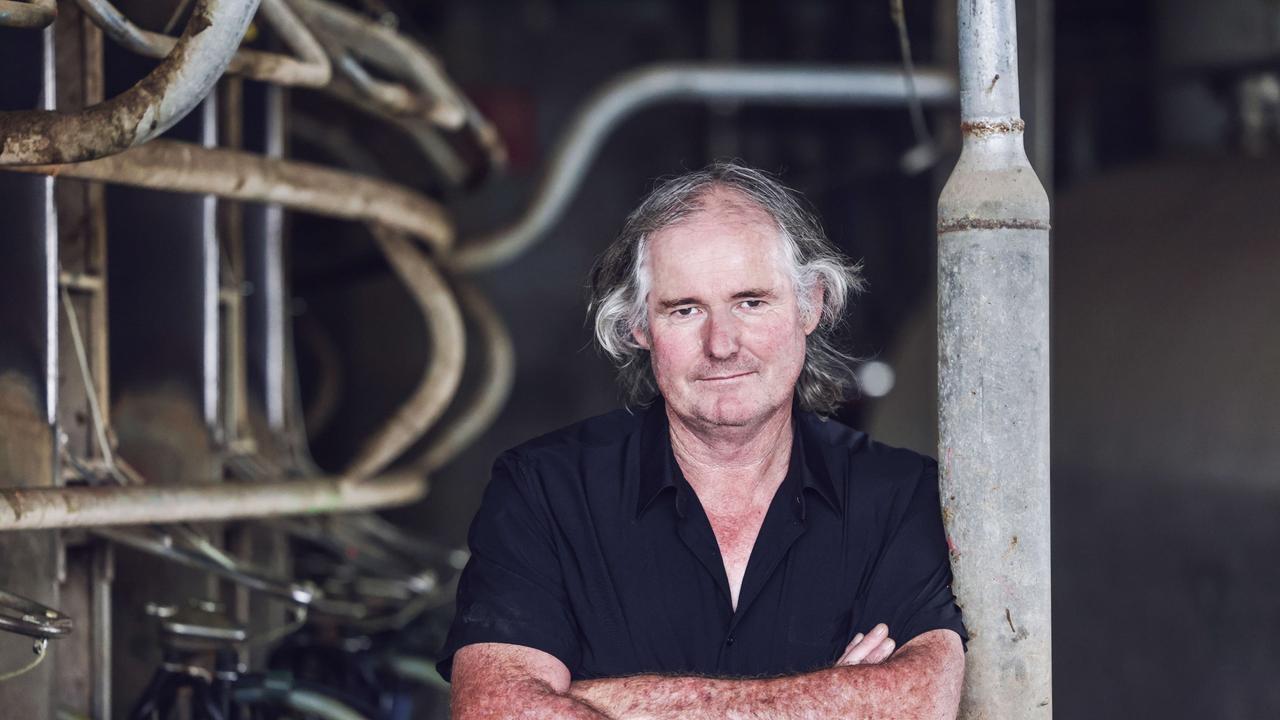Fuel prices: How much you should pay for fuel this week
Fuel prices across the country are continuing their upwards march. Here’s how much you should be paying for fuel this week.

UPDATE: Diesel and petrol prices continue to march towards a record high, the likes of which not seen since the global commodity boom of 2008.
It comes after prices plunged to all-time lows in early 2020, with the current price rise attributed to a multitude of global factors.
An Australian Institute of Petroleum fuel price report for the week ending February 6 shows Victorian fuel prices rose more than 10c/lt in a week.
The national average price for petrol in Victoria in February 2021 was 128.9c/lt, compared to the average price this week of 171.9c/lt.
The RACV fuel watch website recommends motorists pay no more than 179.5c/lt for unleaded fuel, and 174.9c/lt for diesel.
Data from Thomas Elders Markets put the average Australian price of petrol this month at about 170c/lt, with the average Australian diesel price slightly softer at under 160c/lt.
TEM market analyst Andrew Whitelaw said fuel prices – driven predominantly by the crude oil price – are fast approaching the highs seen in 2008, prior to the global financial crisis.
“That was a time where corn, wheat, shipping … everything went through the roof,” Mr Whitelaw said.
“We’re almost close to that level, these are the highest prices we’ve had since then.”
Mr Whitelaw said a combination of geopolitical factors were clashing to create a sense of uncertainty in the global market, sending prices up.
“Really, it’s crude oil that’s drive this,” Mr Whitelaw said.
“There are geopolitical tensions, there’s increased demand has things ramp back up after Covid, and there are issues both in the Middle East, and with Russia’s tensions with Ukraine. It all adds up to extra risk at a time of great demand.”
FREIGHT COST SURGE
Diesel prices have soared in the past six months, increasing operational costs by as much as $250 a week per truck for the already strained road freight industry.
It comes as petrol prices show no sign of easing, after weeks of continuous price rises.
Victorian Transport Association chief executive Peter Anderson said after labour, fuel was the biggest cost for transport operators, accounting for almost 50 per cent of expenses.
“As a fluctuating cost, operators are especially vulnerable to spikes in fuel prices, which is why accurate forecasting and passing increases through the supply chain is so important,” Mr Anderson said.

“To put this in perspective, diesel price hikes over the past six months have led to a $250 operating cost increase per truck, per week, for most freight operators.”
The Australian Institute of Petroleum put the average regional Victorian price of diesel at 170.9c a litre in the week ending February 6.
Bairnsdale Caltex is charging 173.5-178.5c a litre for diesel this week, according to the RACV, with Coles Express Ballarat charging 168.5-173.5c a litre.
In Ararat, Caltex-Woolworths Ararat is charging 178.5-183.5c a litre for diesel, while in Wangaratta the Ampol on Greta Rd is also selling diesel for 178.5-183.5c a litre, according to RACV.
RACV head of communications and engagement Andrew Scannell said diesel prices in townships across the regions had lifted in the past fortnight, with the cheapest in Ballarat priced 168-173c a litre, Hamilton’s cheapest at 163-168c a litre and Sale’s cheapest at 173-178c a litre.
VTA’s Mr Anderson said the freight industry had faced a “significant shortage of drivers”, and Covid-induced worker absences had “made a precarious situation even worse”.
“Transport already operates on wafer thin margins,” Mr Anderson said. “Ultimately consumers will pay for higher transport costs, which we are starting to see with higher inflation.”





